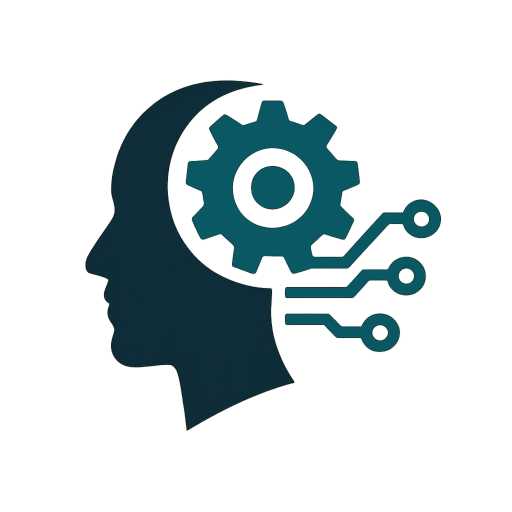The mid-20th century was a time of extraordinary optimism. The foundations laid by Alan Turing, coupled with wartime advances in electronics, set the stage for a new scientific frontier: artificial intelligence. Researchers believed they stood on the brink of creating machines that could reason, learn, and even rival the human mind. Funding flowed, headlines promised breakthroughs, and the field of AI was officially born.
But the story of early AI is also one of overpromises, unmet expectations, and cycles of disappointment that came to be known as the AI winters.
The Birth of AI as a Field
The summer of 1956 is often marked as the official beginning of AI research.
- The Dartmouth Conference (1956): Organized by John McCarthy, Marvin Minsky, Nathaniel Rochester, and Claude Shannon, this workshop brought together pioneers who believed that “every aspect of learning or any other feature of intelligence can in principle be so precisely described that a machine can be made to simulate it.”
- First AI Programs: In the same decade, researchers developed programs like the Logic Theorist (1956) by Allen Newell and Herbert Simon, which proved mathematical theorems, and early chess-playing algorithms.
The belief was bold: with enough programming, machines could soon replicate human thought.
The Golden Decades of Promise
The 1960s and 1970s saw rapid progress — at least on the surface.
- Expert Systems: Programs were developed to mimic human specialists in narrow fields, such as diagnosing diseases or solving engineering problems.
- Natural Language Attempts: Joseph Weizenbaum’s ELIZA (1966) simulated a psychotherapist using pattern-matching, hinting at the possibility of conversational machines.
- Government Investment: Both the U.S. (through DARPA) and the U.K. invested heavily in AI, convinced that thinking machines would have military and scientific value.
AI seemed unstoppable — the media predicted intelligent robots within a generation.
The Harsh Reality Sets In
But behind the optimism were fundamental limitations.
- Computing Power: Early computers were slow and memory-limited. Even simple AI algorithms strained available hardware.
- Knowledge Bottleneck: Expert systems required humans to manually encode vast amounts of domain-specific knowledge, a process that was costly and error-prone.
- Overhyped Expectations: Promises of human-level AI clashed with the reality of brittle programs that failed outside narrow test conditions.
As these shortcomings became clear, skepticism grew.
The AI Winters
By the mid-1970s, funding agencies began to pull back.
- The Lighthill Report (1973): In the U.K., mathematician Sir James Lighthill delivered a scathing report to Parliament, criticizing AI research for overpromising and underdelivering. Government funding was slashed.
- DARPA Cutbacks: In the U.S., enthusiasm waned when projects failed to deliver practical results.
The result: a dramatic contraction in AI research, remembered as the first AI Winter.
A second winter followed in the late 1980s and early 1990s, when the boom in commercial expert systems collapsed under high costs and limited scalability. Companies that had invested heavily in AI abandoned projects, and the term “artificial intelligence” itself fell out of favor.
Hope Beneath the Ice
Yet even during these winters, seeds of progress endured.
- Neural network research, though sidelined, was kept alive by a small group of scientists.
- Advances in statistics, probability, and computing power quietly laid the groundwork for the resurgence to come.
- Importantly, the failures taught valuable lessons about the limits of brute-force programming and the need for learning-based approaches.
AI was not dead; it was waiting for the right tools and methods.
Conclusion: Lessons in Humility
Part 4 reminds us that progress in AI has never been a straight line. From the heady promises of the 1950s to the sobering cutbacks of the 1970s and 1980s, the field cycled between hope and disappointment.
But the dream of intelligent machines did not vanish. Instead, it hardened into a deeper understanding: to make machines truly intelligent, we would need not just rules and symbols, but systems that could learn, adapt, and evolve.
In Part 5: Moore’s Law and the Fueling of Machine Dreams, we’ll see how advances in hardware — the relentless shrinking of transistors and the exponential growth of computing power — reignited AI and paved the way for the breakthroughs of the late 20th and early 21st centuries.
